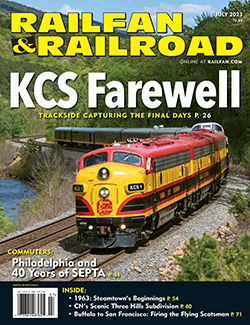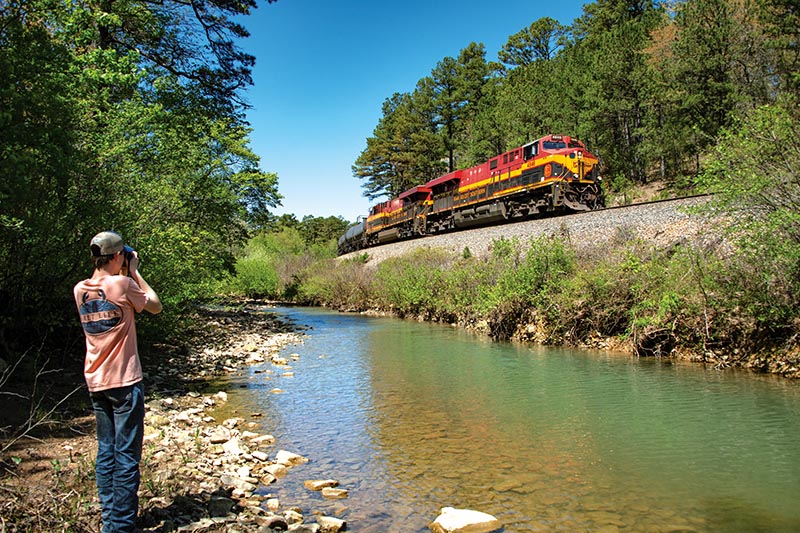 As a hobby, railfanning has many facets. For some, it means traveling and making photographs of distant railways. For others, it means researching long-gone places and learning about the past. And, for many of us, it means following the latest news — and gossip — about today’s operations, and maybe chewing it over with friends.
As a hobby, railfanning has many facets. For some, it means traveling and making photographs of distant railways. For others, it means researching long-gone places and learning about the past. And, for many of us, it means following the latest news — and gossip — about today’s operations, and maybe chewing it over with friends.
These days, though, a lot of this happens on a computer screen. We read and send emails, chat online in forums, and check social media. We do research on websites dedicated to freight car pictures or old rights-of-way. Even our vacations are at least partially on a screen, with searches for hotel deals, tickets, rental cars, restaurants, and so on.
But right now, it is summer. In most parts of North America, that means better weather, more sunshine, and longer days. For some of us it also means more time off, whether a personal day here and there, or a week of vacation, or simply the slower pace of work during the warm months. Not everyone gets summer time off, of course, but even if it’s just a weekend or a day trip, this is a great time to get away from those glowing screens. But what to do?
First and foremost, get outside, and get trackside. What’s your nearest railway line? What kinds of trains move on it and when? Sure, you can poke around the internet to try and find out, but a better way is to find a nice park, or a station platform, or a small parking lot, and wait and see. If it’s not too busy, bring a book or a magazine to read (such as any of the fine offerings from White River Productions) to read. If you have a car, explore the route, see where it goes, see if there are any active industries with freight cars, and check out what kinds of cars they are. Sure, you might be able to find some of that information online, but it’s far more interesting to explore in person.
What if the nearest railways are abandoned? That can be its own kind of fun. I’ve enjoyed many hours hiking old rights-of-way, trying to find out where a line went, and looking for remnants. The rewards may be subtler and quieter, but it is no less thrilling to find an old rail crossing buried in a road, an old milepost still standing, or a long-forgotten foundation or a station or tower. It’s a bit like mixing Indiana Jones into the hobby.
Or take it up a notch — why not go ride a train? What’s the nearest Amtrak line, and how much will it cost to ride it, say, one or two stops down the line and back, or on an overnight to the nearest major stop? Do you live near commuter rail and have you ridden every line? Or, for that matter, what’s the nearest tourist railroad or museum? Too often, many of us discount heritage operations as dull, but there is no finer way to get an up-close experience with all the sights and sounds of railroading.
And this is the most important thing — much of what appeals to us as enthusiasts is the potent atmosphere of the railroad world; the sounds, smells, textures, and, of course, visuals of it. Catching up online is a fun part of the hobby, but sometimes it gets in the way of the experience. Ditch the screens and go spend time with the railways themselves in whatever way is most accessible to you. It’s summer, make the most of it!
—Alexander Benjamin Craghead is a transportation historian, photographer, artist, and author.


